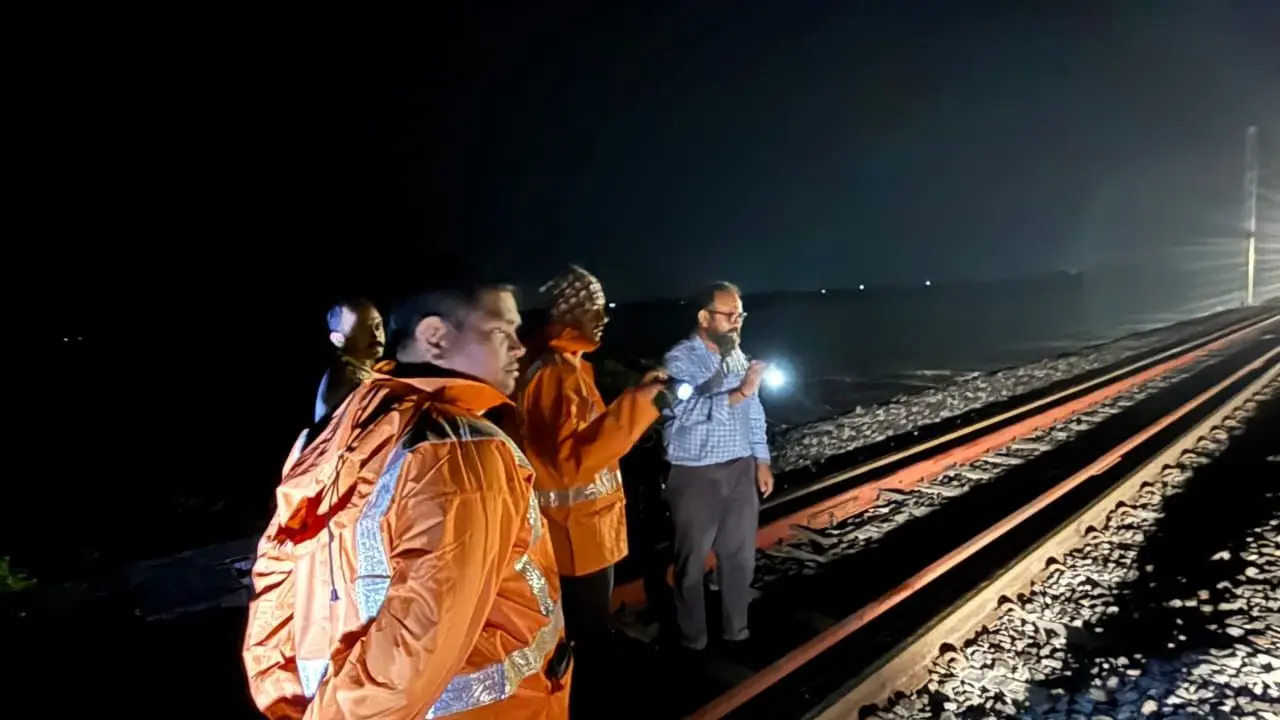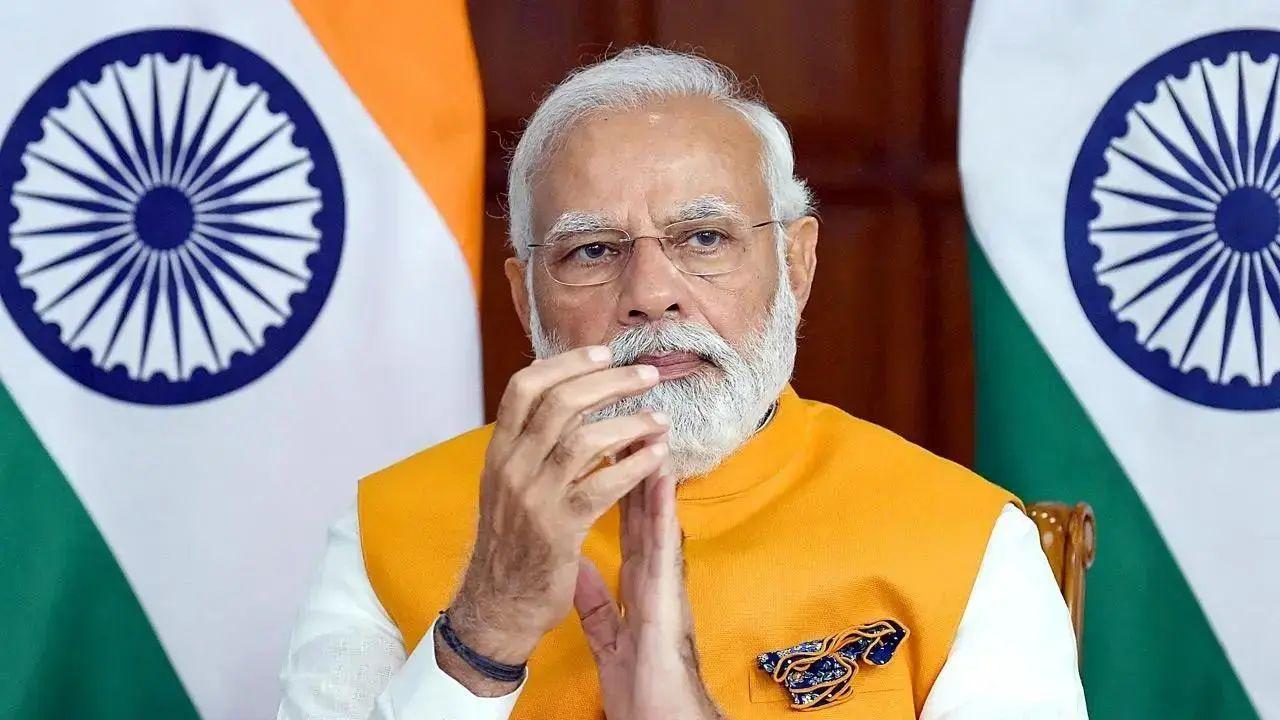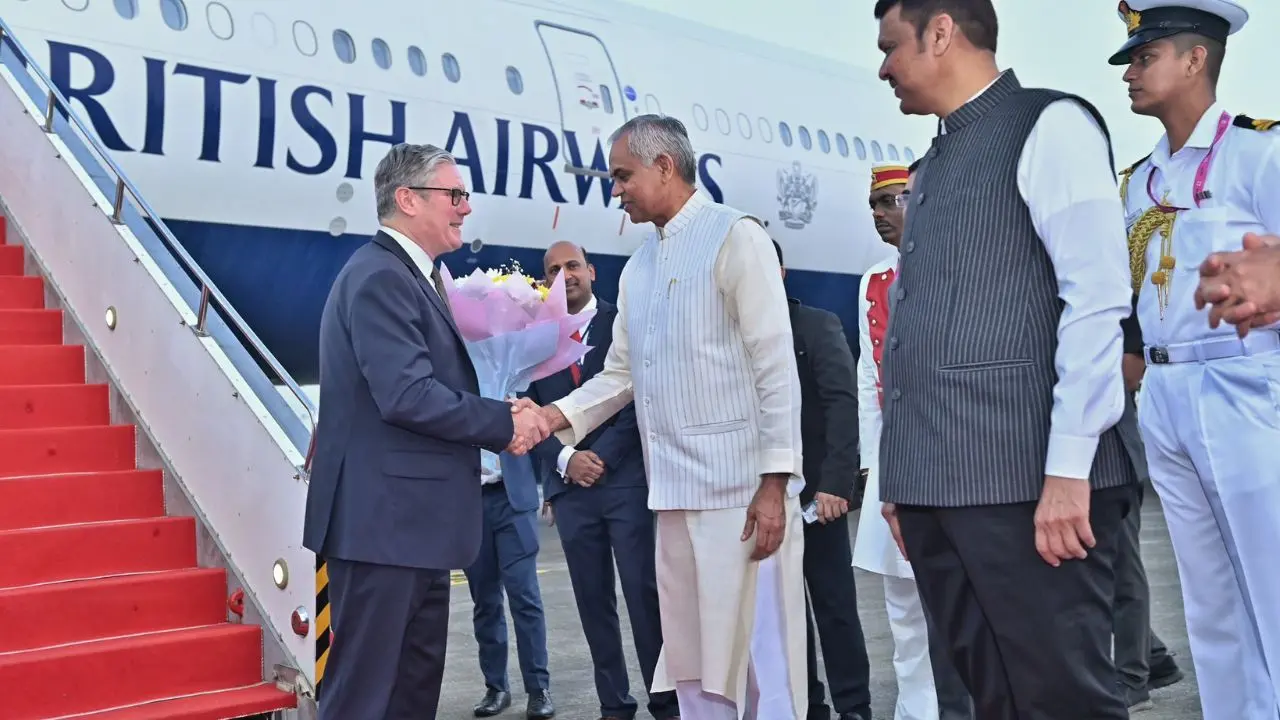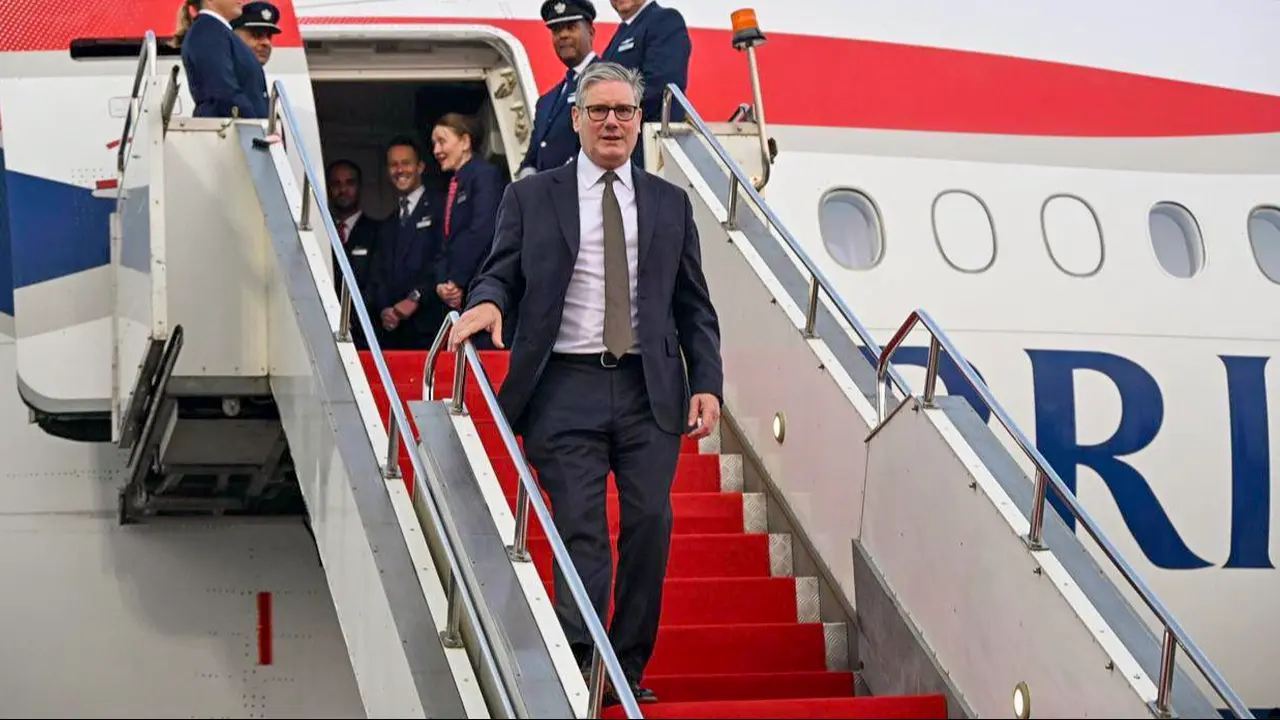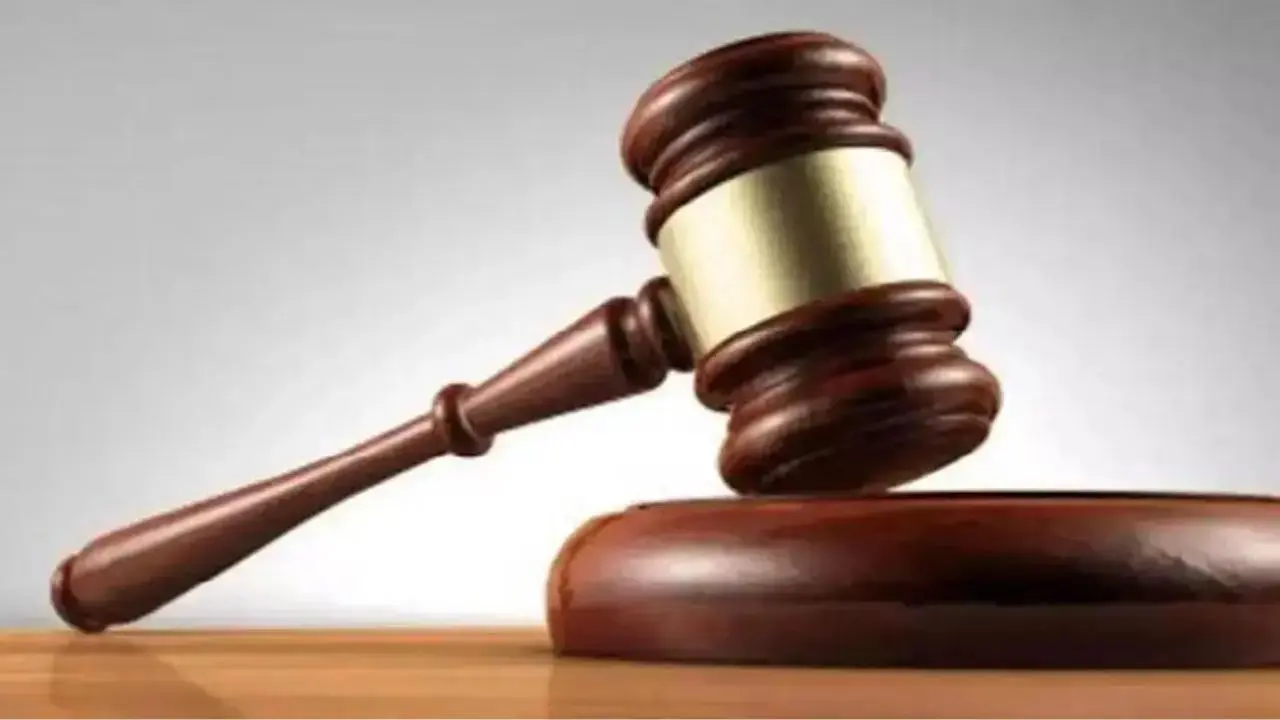The Mumbai Railway Vikas Corporation Ltd (MRVC) has initiated a comprehensive feasibility study to explore the underground conversion of key railway corridors in collaboration with Central and Western Railways to transform the suburban rail infrastructure in South Mumbai to modernise ageing surface-level rail corridors, decongest South Mumbai, unlock high-value railway land, and improve integration between local trains and other transport networks.
Key corridors under review
Western Railway: MRVC has come up with a proposal to convert the Churchgate–Mumbai Central (approximately 5 km)-stretch into an underground corridor, with the route surfacing near Mumbai Central.
Central Railway: A study into constructing two additional suburban lines between CSMT and Parel (approximately 8 km) has been undertaken. The alignment options under consideration include underground, elevated, at-grade, or hybrid structures.
The proposed underground corridors in South Mumbai are being planned to remain strictly within railway-owned land, thereby avoiding private land acquisition and minimising potential displacement or delays. The feasibility study also includes the possibility of developing a major interchange hub at Byculla, which could significantly enhance connectivity across the city`s transport networks.
As part of the study, consultants will evaluate multiple strategic objectives. These include freeing up prime railway land in South Mumbai for potential redevelopment or public use, and improving operational efficiency on suburban rail lines by enabling faster, more frequent services and reducing congestion on surface tracks. Integration with other modes of transport, such as the Mumbai Metro, BEST buses, and long-distance rail, is another key priority. The study will also draw inspiration from global best practices adopted in urban rail systems in cities like London, New York, and Tokyo.
On the technical front, the study will assess alternative alignments, optimal station locations, and transition zones where underground lines may resurface. It will also compare the feasibility of twin-bore tunnel systems versus multiple single-bore options, analysing factors such as construction complexity, cost, and safety. A detailed cost–benefit and financial viability analysis will help determine the long-term sustainability and funding options for the project.
This ambitious initiative by the Mumbai Railway Vikas Corporation (MRVC) represents a bold reimagining of the suburban rail spine of South Mumbai, one of the most densely packed and operationally critical rail zones in the country. If implemented, the project could transform the way millions of commuters navigate the city daily, while simultaneously unlocking high-value land and modernising Mumbai’s transport infrastructure.







